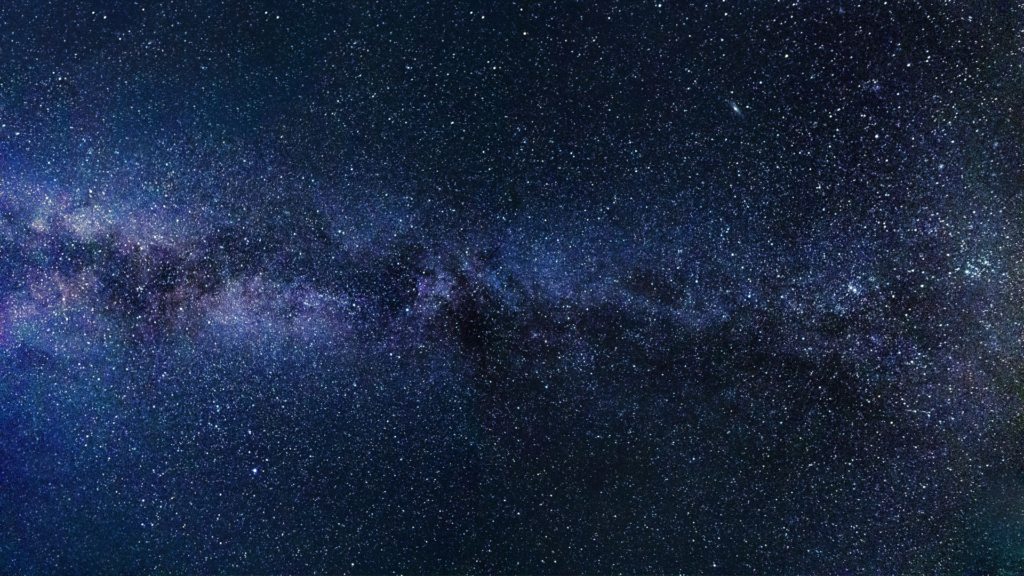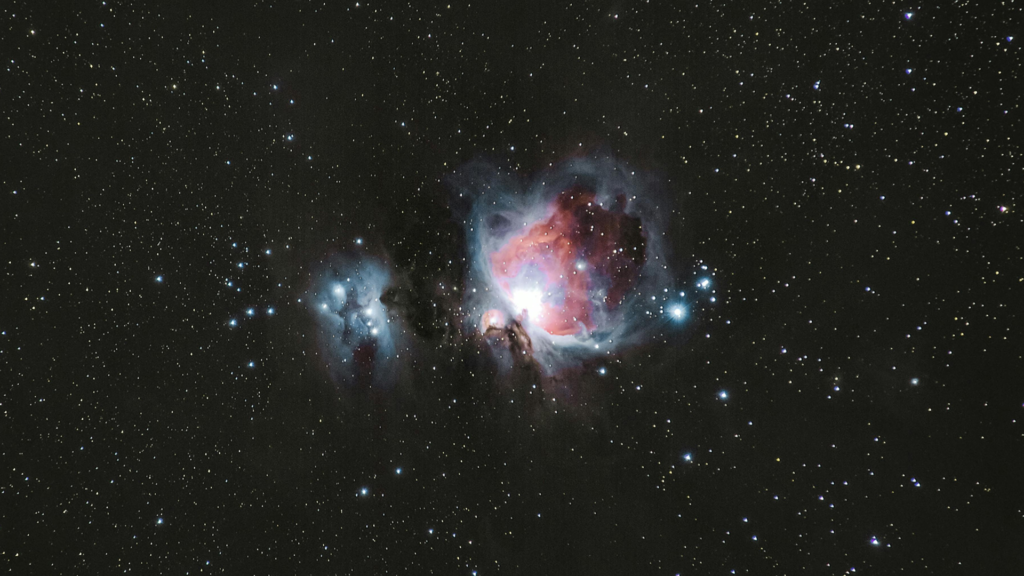The universe has captured the human imagination for centuries. As we venture into the depths of space, we uncover fascinating facts that not only expand our understanding of the cosmos but also highlight the mysteries that still await discovery. From the birth of stars to the possibilities of extraterrestrial life, let’s explore some of the most intriguing aspects of our universe.
Vastness of Space

One of the most mind-boggling facts about space is its sheer size. The observable universe is approximately 93 billion light-years in diameter, containing hundreds of billions of galaxies, each with millions or even billions of stars. To put that in perspective, a light-year, the distance light travels in one year, is about 5.88 trillion miles. Hence, the scale of the universe challenges our comprehension. The Milky Way galaxy alone is about 100,000 light-years across and houses around 200 billion stars.
Birth and Death of Stars

Stars are born in nebulae, vast clouds of gas and dust. When regions within a nebula collapse due to gravity, they can form stars, igniting nuclear fusion in their cores. This process releases energy through light and heat, which we perceive as starlight. Stars spend most of their existence in a stable phase known as the main sequence, fusing hydrogen into helium. However, their lives eventually come to an end.
The fate of a star depends on its mass. Like our Sun, smaller stars will eventually expand into red giants before shedding their outer layers and transforming into white dwarfs. More massive stars end their lives in spectacular supernova explosions, leaving behind neutron stars or black holes. Black holes are regions of space where gravity is so strong that even light cannot escape, making them one of the most mysterious objects in the universe.
Dark Matter and Dark Energy

The universe predominantly comprises components that remain elusive to our understanding: dark matter and dark energy. Dark matter, making up about 27 percent of the universe, is an invisible substance that does not emit light or energy. Its presence is inferred from its gravitational effects on visible matter, such as galaxies.
Dark energy, accounting for approximately 68 percent of the universe, is even more enigmatic. It is thought to be responsible for the accelerated expansion of the universe, a phenomenon that has puzzled scientists since its discovery in the late 1990s. Dark matter and dark energy comprise approximately 95 percent of the universe, leaving conventional matter—the atoms that makeup stars, planets, and living beings—as just a small fraction of what exists.
Search for Extraterrestrial Life

As we gaze into the night sky, one of the most profound questions arises: Are we alone in the universe? Scientists are actively searching for signs of extraterrestrial life. The discovery of exoplanets, planets outside our solar system, has ignited optimism in this quest. Thousands of exoplanets have been discovered, many of which lie in the so-called habitable zone, where conditions may be right for life as we know it.
Projects like the Search for Extraterrestrial Intelligence (SETI) aim to detect signals from intelligent civilizations. Advances in technology have allowed scientists to study the atmospheres of exoplanets for biosignatures, indicators of life. While no definitive evidence of extraterrestrial life has been found yet, the search continues, fueled by the imagination and hope for potential discoveries.
Undeniably, the universe is a vast, complex, and mysterious place filled with wonders just waiting to be uncovered. From the lifecycle of stars to the astonishing concepts of dark matter and dark energy, every facet of the cosmos presents an opportunity for exploration and discovery. As our technology and understanding evolve, so too does our ability to appreciate the depth and intricacy of the universe. Each journey into space brings us one step closer to answering the fundamental questions of existence, echoing a sentiment shared by countless explorers throughout history: the quest for knowledge knows no bounds.
References:
Hubble, S. (2021). The Universe: Size and Scale. HubbleSite. Retrieved from https://hubblesite.org
Krauss, L. M. (2012). A Universe from Nothing: Why There Is Something Rather than Nothing. Free Press.
NASA. (2020). The Life Cycle of Stars. National Aeronautics and Space Administration. Retrieved from https://www.nasa.gov
NASA. (2023). Milky Way Galaxy. National Aeronautics and Space Administration. Retrieved from https://www.nasa.gov
National Aeronautics and Space Administration. (2022). Exoplanets: Worlds Beyond Our Solar System. NASA. Retrieved from https://exoplanets.nasa.gov
Riess, A. G., Press, W. H., & Kirshner, R. P. (1998). Observational Evidence from Supernovae for an Accelerating Universe and a Cosmological Constant. The Astrophysical Journal, 116(3), 1009. doi:10.1086/300408
Tarter, J. (2001). The Search for Extraterrestrial Intelligence: A New Approach. In Astrobiology: The Search for Life Elsewhere in the Universe (pp. 75-108).
Thorne, K. S. (2014). Black Holes and Time Warps: Einstein’s Outrageous Legacy. W. W. Norton & Company.
Zwicky, F. (1933). Die Rotverschiebungen von extragalaktischen Nebeln. Helvetica Physica Acta, 6, 110-127.
